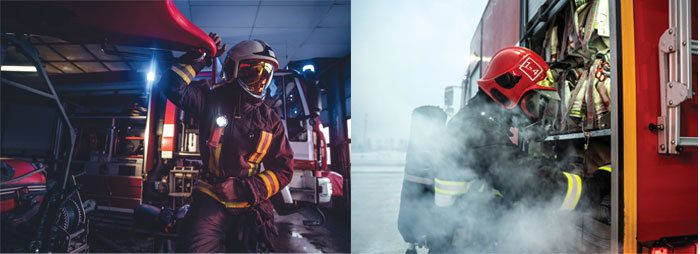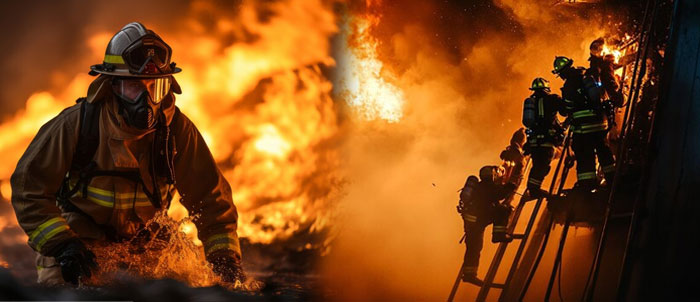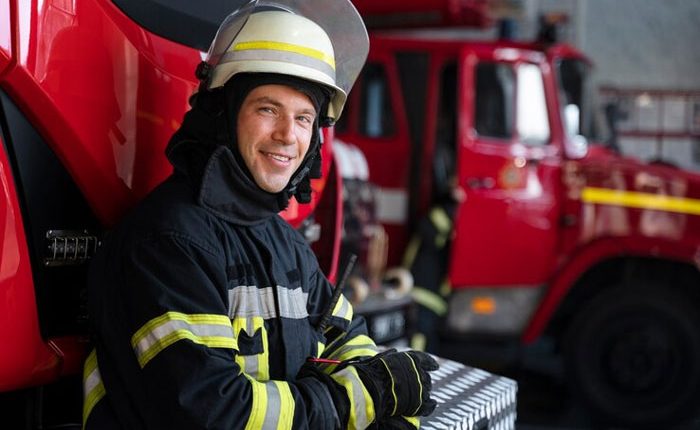Fire stations are beacons of safety and readiness, with firefighters dedicated to responding swiftly and efficiently to emergencies. Their routine is meticulously designed to ensure that they are always prepared to face challenges at a moment’s notice. Here’s a glimpse into the daily routines that keep a fire station ready for action 24/7.
Morning Muster: Starting the Day Right
The day begins with a morning muster, where the shift on duty assembles for roll call. This crucial meeting sets the tone for the day, as the team reviews the events of the previous shift, discusses any ongoing incidents, and receives assignments. It’s also a time for a thorough inspection of personal protective equipment (PPE) and gear, ensuring everything is in top condition and readily accessible.
Equipment and Vehicle Checks: Ensuring Readiness
After the muster, firefighters conduct detailed checks on all equipment and vehicles. This includes:
- Fire Engines and Trucks: Ensuring engines are operational, fuel tanks are full, and all mechanical parts are functioning correctly.
- Hoses and Ladders: Inspecting for any wear and tear, ensuring they are coiled properly and easily deployable.
- Breathing Apparatus: Checking air tanks, masks, and regulators to ensure they are fully functional.
- Medical Supplies: Ensuring first-aid kits and medical equipment are stocked and ready for use.
These checks are vital as any malfunction during an emergency can have serious consequences.

Training and Drills: Keeping Skills Sharp
Training is a cornerstone of fire station routines. Daily drills and exercises are conducted to keep skills sharp and ensure that every team member is proficient in their duties. This includes:
- Fire Suppression Techniques: Practicing the use of hoses, extinguishers, and fire suppression systems.
- Rescue Operations: Simulating scenarios like building collapses, vehicle extractions, and high-angle rescues.
- Medical Training: Regular first-aid and CPR training to handle medical emergencies.
In addition to routine training, specialized drills are often conducted based on the unique risks of the area the fire station serves, such as hazardous material incidents or high-rise building fires.
Maintenance and Housekeeping: Keeping the Station Functional
A well-maintained station is crucial for operational efficiency. Firefighters are responsible for the upkeep of the station, which includes:
- Cleaning: Regular cleaning of the living quarters, kitchen, and common areas to maintain a healthy environment.
- Maintenance: Routine checks and minor repairs of the station’s infrastructure and equipment.
- Inventory Management: Keeping track of supplies and ensuring that all necessary items are stocked and in good condition.
Community Engagement: Building Trust
Fire stations often engage with the community through educational programs and outreach activities. This includes:
- Fire Safety Education: Conducting workshops and seminars in schools, businesses, and community centers to educate the public on fire prevention and safety.
- Community Events: Participating in local events and open houses to build rapport and trust with the community.
These activities help in fostering a positive relationship with the public and emphasize the importance of fire safety.
On Call: Ready for Action

Despite the structured routine, firefighters must be ready to respond to emergencies at any moment. When a call comes in, the station springs into action:
- Dispatch: The team receives details about the emergency and prepares accordingly.
- Deployment: Firefighters gear up and board the trucks, ensuring they have all necessary equipment.
- Response: The team arrives at the scene, assesses the situation, and begins their work, whether it’s extinguishing a fire, performing a rescue, or providing medical assistance.
Downtime: Rest and Recovery
Firefighting is physically and mentally demanding, so downtime is crucial for rest and recovery. Firefighters use this time to:
- Rest: Catch up on sleep in the station’s dormitory.
- Meals: Share meals together, fostering camaraderie.
- Fitness: Engage in physical exercise to maintain strength and endurance.
Conclusion
The routine at a fire station is a blend of discipline, rigorous training, and community engagement. This structured approach ensures that firefighters are always ready to respond to emergencies efficiently and effectively, safeguarding lives and property with unwavering dedication. The meticulous preparation, constant training, and strong sense of duty underscore the essence of their commitment to public safety.

